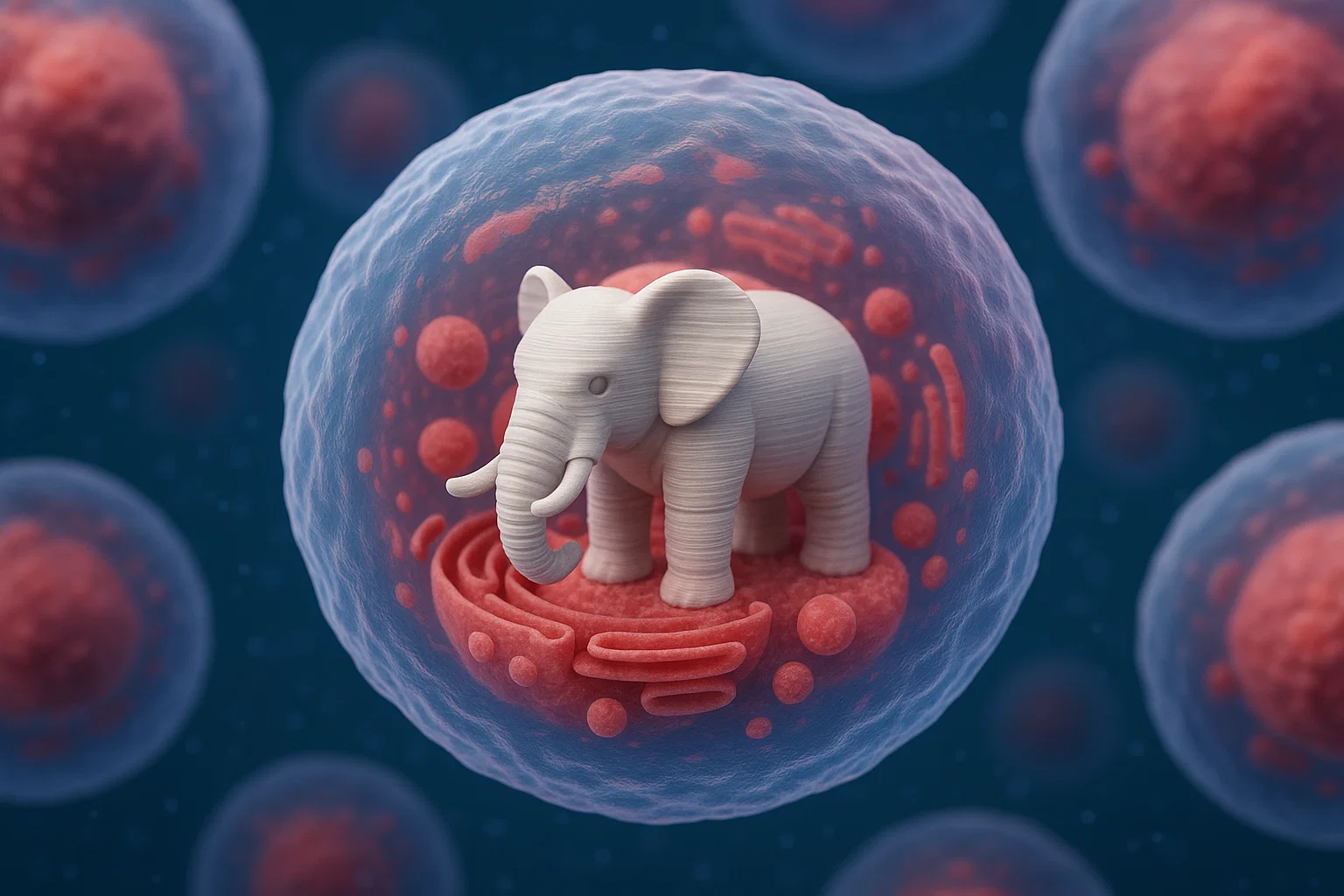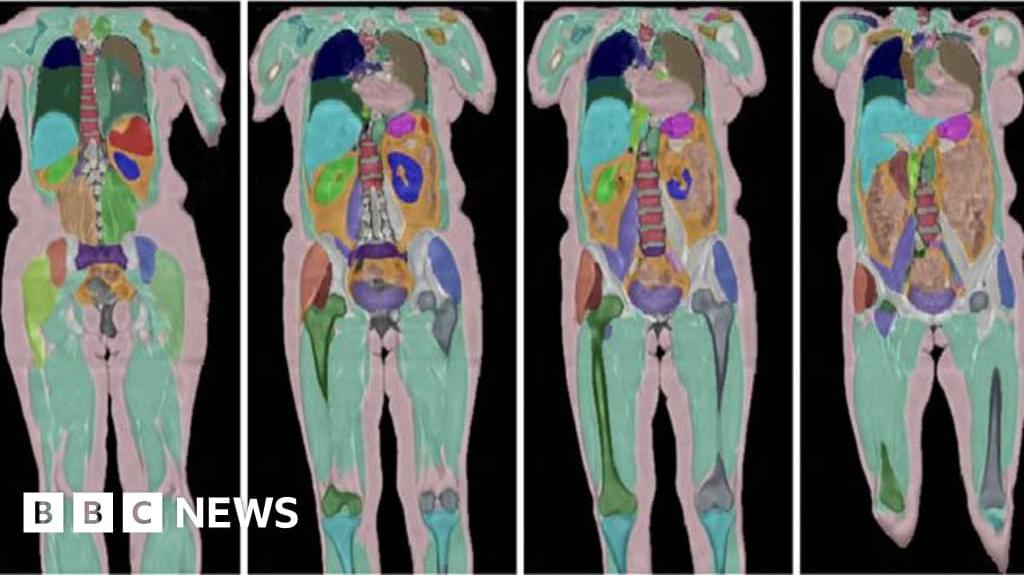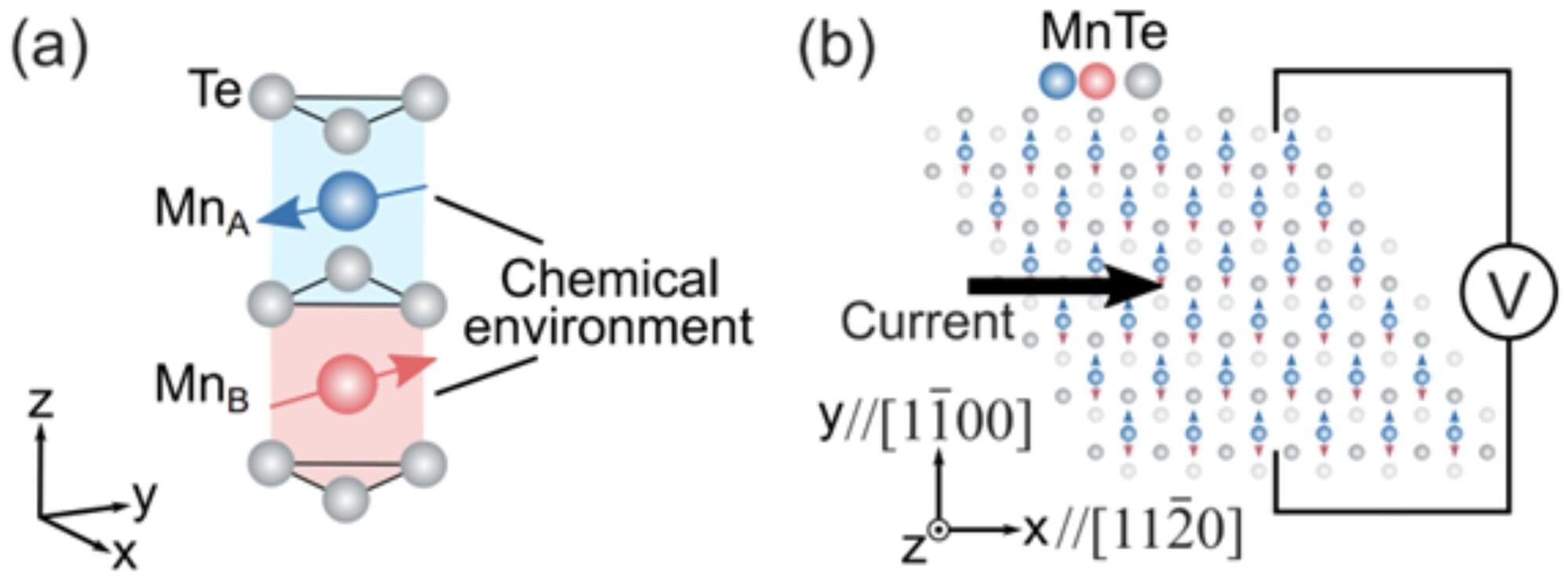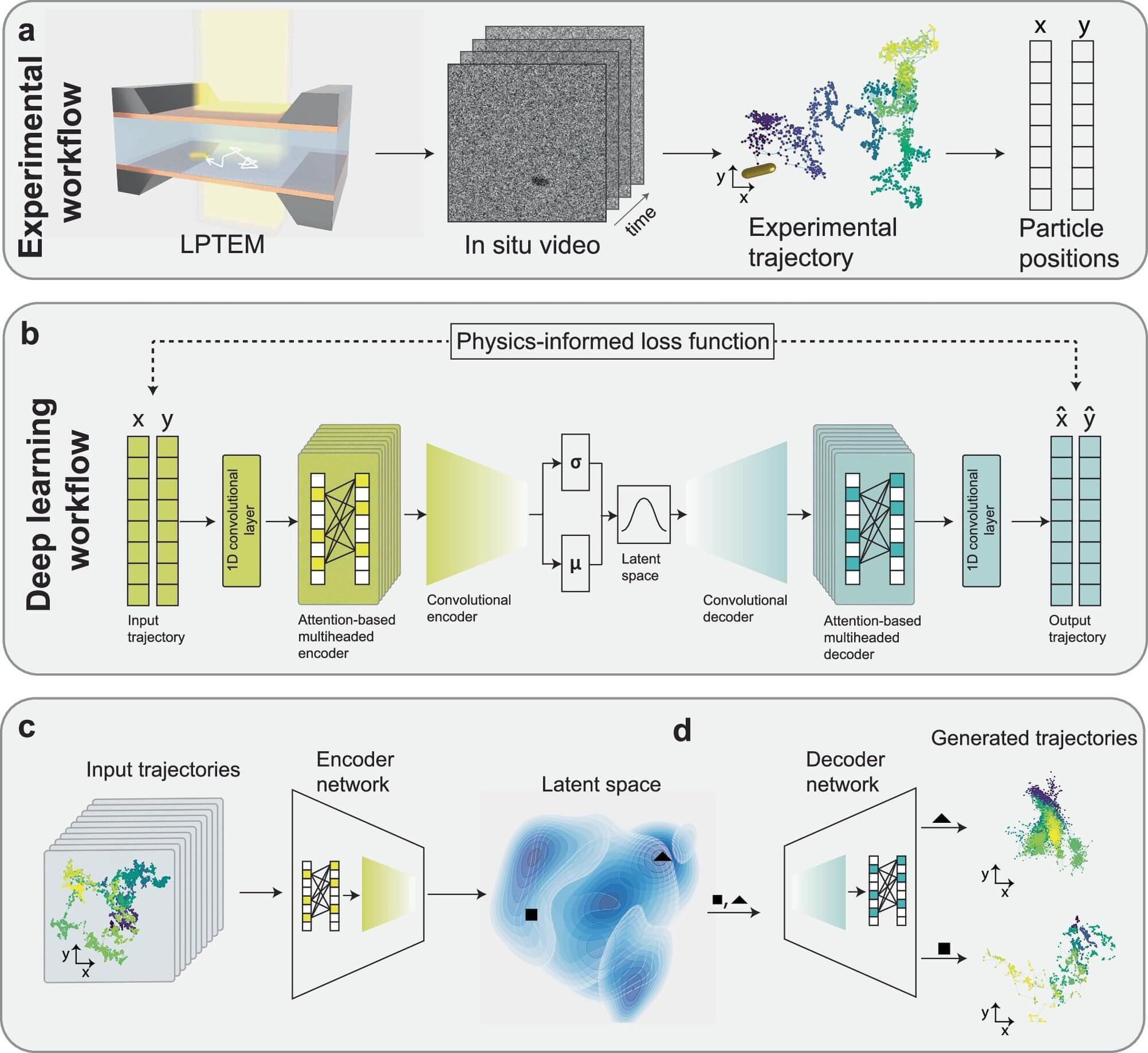What happens when you 3D-print an elephant and a microlaser inside a living cell?



Once thought unlikely, this new finding in coordination chemistry could lead to promising advances in catalysis and materials science.
For more than 100 years, the widely accepted 18-electron rule has been a foundational guideline in organometallic chemistry. Now, researchers at the Okinawa Institute of Science and Technology (OIST) have synthesized a new organometallic compound that challenges this principle. They developed a stable 20-electron version of ferrocene, an iron-based metal-organic complex, which could open new directions in chemical research.
“For many transition metal complexes, they are most stable when surrounded by 18 formal valence electrons. This is a chemical rule of thumb on which many key discoveries in catalysis and materials science are based,” said Dr. Satoshi Takebayashi, lead author of the paper published in Nature Communications.

Japan has set a new world record for internet speed, reaching 1.02 petabits per second, according to the country’s National Institute of Information and Communications Technology (NICT). That’s fast enough to download the entire Netflix library or the English version of Wikipedia thousands of times in just one second.
To compare, this new speed is 16 million times faster than India’s average internet speed of about 63.55 Mbps and 3.5 million times faster than the average internet speed in the United States, based on current data.

A team of UCLA engineers and researchers has developed a new technique to make it feel up to 10 degrees Fahrenheit cooler outside while preserving a sense of safe and open space.
Featured in Nature Sustainability, the UCLA-led study demonstrated a new way to harness radiant cooling. Instead of relying on dark and windowless spaces, such as a tunnel, to create radiant cooling that raises safety concerns for public outdoor spaces, the new approach combines water-cooled aluminum panels and see-through, infrared-reflective thin polymer film, which allows both efficient cooling and visibility—a top priority, especially for residents in urban communities.
As climate change accelerates, extreme heat events are occurring with greater intensity and frequency, threatening the safety of people who spend significant time outdoors.
William Ho is a Co-Founder, and has served as the President, Chief Executive Officer, and Director of IN8bio ( https://in8bio.com/ ), a biotech company with…

IN A NUTSHELL 🌿 Lignin-based separators improve the safety and extend the life of lithium-ion batteries by 60 percent. 🔥 These separators remain stable at temperatures up to 572°F, significantly reducing the risk of thermal runaway. 🌍 The use of a solvent-free dry process ensures eco-friendly and scalable battery production with zero waste. 🔋 This


The ability to switch magnetism, or, in other words, to change the orientation of a material’s magnetic moments, using only electricity, could open new opportunities for the efficient storage of data in hard drives and other magnetic memory devices. While the electrical switching of magnetism has been a long-sought-after research goal, it has so far proved to be difficult to realize.
Researchers at Southern University of Science and Technology (SUSTech) in China and Peking University, led by Prof. Haizhou Lu and Prof. X. C. Xie, recently demonstrated the electrical switching of a particular form of magnetism known as altermagnetism, which was first discovered in 2022.
Their paper, published in Physical Review Letters, could have important implications for the development of new technologies based on altermagnetic materials that can be controlled with electrical currents, without the need for external magnetic fields.

Nanoparticles—the tiniest building blocks of our world—are constantly in motion, bouncing, shifting, and drifting in unpredictable paths shaped by invisible forces and random environmental fluctuations.
Better understanding their movements is key to developing better medicines, materials, and sensors. But observing and interpreting their motion at the atomic scale has presented scientists with major challenges.
Researchers in Georgia Tech’s School of Chemical and Biomolecular Engineering (ChBE) have developed an artificial intelligence (AI) model that learns the underlying physics governing those movements.

Beware the tech leaders making grandiose statements about artificial intelligence. They have lost sight of reality, says Philip Ball
By Philip Ball